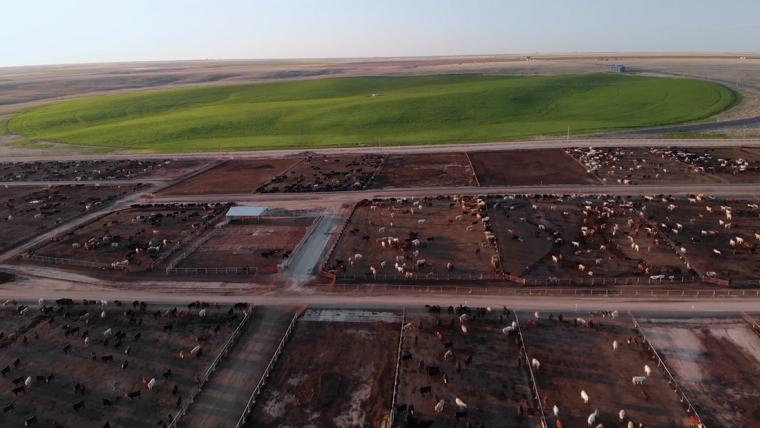
While the need to eat remains constant, Americans are continually shifting the way they eat, and companies are adjusting to fill new needs and demands. In recent years, customers have demanded healthier foods with fewer additives, as well as specialty products such as gluten-free or healthier-fat foods. Supply chains need to keep up with these preferences while remaining grounded in the reality of farms, growing conditions, weather, workforce, site selection and access to markets, with the added boost of technology.
Following are some stories about how regions in the Midwest, Southwest and Southeast are creating food and attracting agriculture-related economic development.
Coles County, Illinois
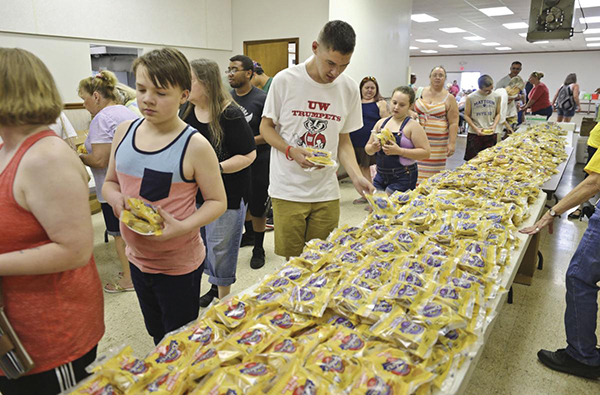
Food and agricultural production facilities are increasingly choosing tertiary markets over primary and secondary market locations due to multiple investment returns. Overall, tertiary markets tend to be micropolitan areas with a smaller but concentrated population density compared to primary or secondary markets. Tertiary markets such as Coles County, Illinois, are located in the American Heartland where high quality agricultural grain (wheat, corn and soybeans) are grown in abundance and are ready to be used directly by food and agri-business production facilities.
This, combined with a plentiful supply of potable water, is attractive to firms seeking new locations or current firms ready to expand. The overall work ethic and availability of cost-effective labor in tertiary markets is noted as being strong, reliable and resilient.
“Many of my clients are requesting ‘shovel-ready’ sites in tertiary markets with good, centralized transportation connectivity, because of the ease in doing business, ready-to-work employees with STEM skills, cost-effectiveness and a high quality of life for their employees and management,” said Steve Zuber, SIOR, CCIM, Principal and Industrial Broker at the BarberMurphy Group. “From my experience, key takeaways about tertiary markets are municipal processes are generally less burdensome with quicker turnaround, building prices to lease or buy are generally 25 percent less at a minimum and wages are generally lower with higher productivity.”
All of these attributes, together with a business-friendly community making significant investments in infrastructure with over $3 million in new electrical capacity upgrades, make Coles County the right selection for food and agribusinesses to locate and expand their facilities.
Dublin-Laurens County, Georgia
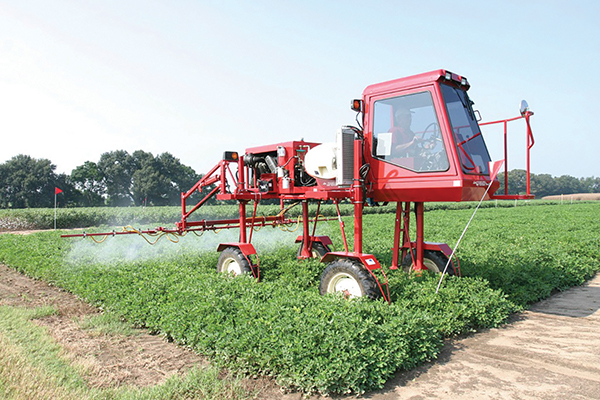
Laurens County, Georgia, is located in the central part of the state, specifically in Middle Georgia. The fourth-largest county in Georgia by land area, it is centrally positioned between Atlanta and Savannah and accessible by Interstate 16. The county seat is Dublin, nicknamed "the Emerald City" due to its Irish heritage and green, lush environment.
The region features several agribusiness companies, including meat byproduct collector Darling Ingredients, Farmers Best Fertilizer Inc., wholesale grower Windham Greenhouses Inc. and AmeriPro Environmental Services, which specializes in fat, oil and grease disposal.
In addition, WestRock, one of the nation’s largest wood products manufacturers, has a mill in Laurens County and is currently a top three largest employer in the region. In 2014, the mill converted from manufacturing newsprint to brown paper, which is used in fast food and other packaging areas. Other examples of wood product companies in the county include Gilman Forest Products, a large manufacturer of building and structural materials, and Flexsteel, a premier furniture manufacturer.
There are numerous pre-certified sites in the county, including The Heart of Georgia Mega Site, which is Georgia Ready for Accelerated Development (GRAD) and the only McCallum Sweeney certified site in Georgia. A 2,000-acre industrial park in Dublin-Laurens County, the Heart of Georgia Mega Site, is designed for the development of large-scale facilities, such as warehouses, manufacturing and distribution centers.
In terms of education, the region features Oconee Fall Line Technical College and Middle Georgia State University, and the benefits of Georgia QuickStart, which provides customized workforce training free of charge to qualified businesses. Today, the program is one of the state’s key assets for supporting new and expanding industries. QuickStart delivers training in classrooms, mobile labs or directly on the plant floor.
Edinburg, Texas
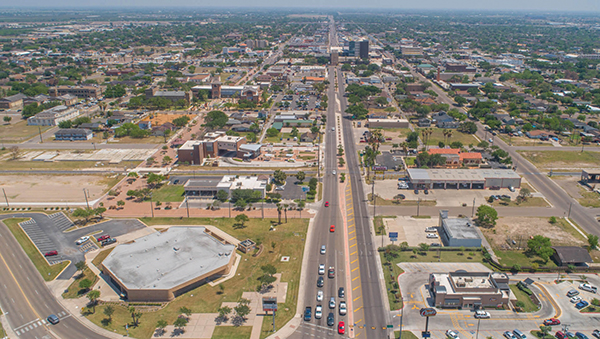
Twenty minutes north of the U.S.-Mexico border, Edinburg serves as the gateway to the Rio Grande Valley in Texas. The area’s local economy is made up of a diverse mix of industries, from agriculture to a growing health and education sector. Edinburg includes both a Foreign Trade Zone and an Opportunity Zone and is attractive to incoming workers due to its housing affordability and existing multicultural, multilingual workforce.
Fresh fruit and vegetable producers, locally made dry goods companies and national brands have all found success in Edinburg. The food production, processing and manufacturing industry is thriving in Edinburg, fueling and feeding the local economy. Existing companies include Little Bear Produce, Nicho Produce and Lakeside Produce. Regional advantages like a warm climate, fertile soil and seasonal showers create ideal conditions for small and large produce operations. The region is home to a variety of successful business operations for traditional foods and beverages. Affordable land and an adaptable workforce have enabled corporations to set up large operations for cold storage, processing and manufacturing of name brand products.
“Edinburg’s strategic location, land availability and infrastructure investments set it apart,” said Raudel Garza, Edinburg EDC Executive Director. “Located along I-69C/US 281 and near international crossings, it serves as an ideal hub for logistics and commerce. Unlike landlocked cities, Edinburg continues to expand, supported by a recent industrial development study identifying 300 acres for industrial and aeronautical use.”
Laredo, Texas
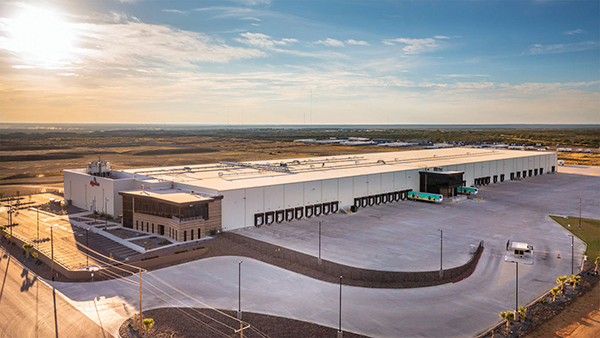
The Laredo region of Texas has seen tremendous growth in produce and cold storage operations over the last decade. Companies choosing Laredo for their storage and processing centers include Mission Produce, United States Cold Storage, Mastronardi and Nature Fresh Farms.
Laredo has an optimal location for supporting logistics and processing for food and ag trade with Mexico. Located at the southern point of Interstate Highway 35, the region offers easy connectivity to east-west routes for national supply chain coverage and connects to the main Mexico highway, making it ideal for imports from Mexico’s agricultural heartland and exports to Mexican consumers. In addition, the Port of Laredo boasts the only crossing point with Mexico with refrigerated inspection facilities, ensuring the cold chain for imports and exports is preserved with an efficient international bridge system. Additionally, Laredo has a young, talented workforce and a pro-business climate with municipal government and private-sector stakeholders.
Northeast Georgia
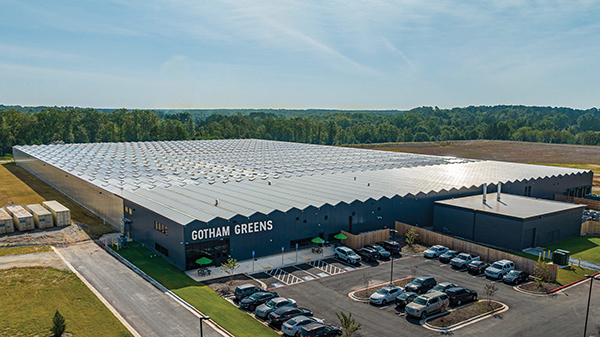
Northeast Georgia is home to a robust mix of food producers, processors and distributors. Pilgrim’s Pride operates multiple facilities across the region, including in Athens-Clarke County and Jackson County, contributing significantly to the area’s poultry processing. Wayne-Sanderson Farms maintains a complex in Pendergrass, Jackson County, encompassing a fresh processing plant, hatchery and feed mill.
Fieldale Farms is a poultry processor headquartered in Baldwin, Habersham County, with additional operations in Stephens County. King’s Hawaiian runs a commercial bakery in Oakwood, Hall County. CJ Foodville is establishing a $47 million facility in Gainesville to support its TOUS les JOURS bakery brand. Harrison Poultry anchors its operations in Barrow County. Mars Wrigley produces confections in Gainesville, Hall County. Gotham Greens has established a state-of-the-art hydroponic greenhouse in Walton County.
In addition, BUBBA Foods operates a 62,000-square-foot production facility in Elberton, Elbert County, producing approximately 50 million pounds of burgers annually, and Benson’s Bakery has been a cornerstone of Oconee County’s food industry since 1918. Finally, Walmart manages a one-million-square-foot grocery distribution center in Walton County.
Northeast Georgia combines natural advantages with strategic infrastructure: a mild climate, long growing seasons and reliable rainfall create optimal conditions for agriculture and livestock. Abundant water sources support food processing and cooling needs.
Proximity to major grocery distribution centers, such as those operated by Walmart, Kroger and Publix, offers food producers direct access to supply chains, ensuring fresher products and reduced shipping costs. The presence of the University of Georgia’s College of Agricultural and Environmental Sciences provides access to research, food safety innovation and workforce development.
The region’s infrastructure is tailored for food logistics: major highways like I-85, I-985 and U.S. Highways 78, 441 and 129 connect producers to key markets. Norfolk Southern and CSX rail lines traverse the area. The Blue Ridge Connector, an inland port under construction in Hall County, will provide a direct link to the Port of Savannah via Norfolk Southern Railroad. The region hosts several grocery distribution centers, reducing last-mile delivery costs and times. Hartsfield-Jackson Atlanta International Airport is just over an hour away.
“Northeast Georgia continues to be a major player in food and agriculture because of our deep-rooted history that spans generations,” said Ben McDaniel, VP of Economic Development at Development Authority of Walton County. “When you combine that legacy with a proven workforce and unmatched logistical advantages, we’re hard to beat — and the best part is, we still have room for the next big project.”
San Angelo, Texas
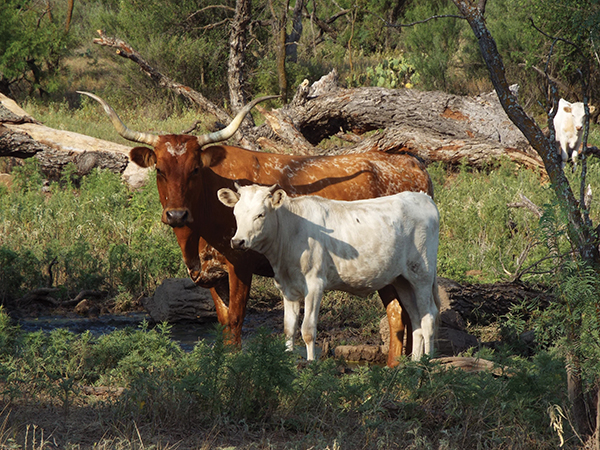
The Concho Valley is home to leading food and agricultural players like Double J Lamb, which revitalized the local lamb and goat sector by processing 200,000 head annually. The region is the U.S. leader in sheep and goat production and excels in cotton, cattle and grain production, contributing over $800 million annually to the local economy.
Ideal for food production, the Concho Valley benefits from its semi-arid climate, a year-round growing season and 9.4 million acres of agricultural land, with 8.2 million acres of pasture/rangeland. The region also boasts extensive agribusiness infrastructure including the San Angelo International Intermodal Rail Port, which offers efficient freight access to major national and global markets.
Recent developments include large-scale renewable energy investments, the opening of Double J Lamb and the expansion of wool testing facilities at the Texas A&M Bill Sims Wool and Mohair Research Laboratory. These advancements support a more sustainable and globally connected agricultural economy.
Incentives include access to extensive research and extension services through Texas A&M AgriLife and cooperative programs via Angelo State University. Government payments, insurance programs and access fees for recreational land use also enhance profitability for local producers.
“The San Angelo Rail Park will provide significant freight savings and logistical advantages for agricultural producers across the region,” said Michael Looney, VP of Economic Development, San Angelo Chamber of Commerce. “It is part of our strategic commitment to ensuring that food production and agribusiness thrive in the Concho Valley.”
Seward County, Kansas
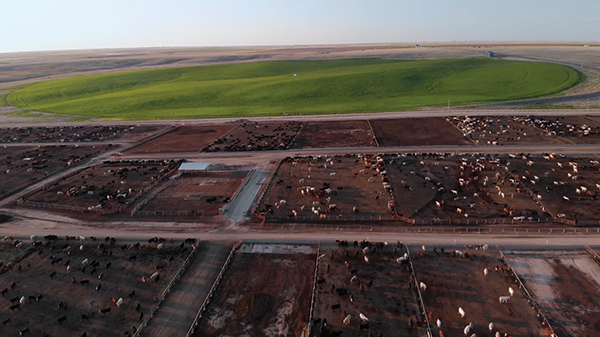
Liberal, Kansas stands as a vital hub in the nation’s food and agricultural landscape, anchored by major players like National Beef Packing Company, one of the region’s largest employers. Complementing this are enterprises such as Seaboard Foods and Golden Plains AG LLC, which bolster the area’s robust pork and crop production sectors. Family-run operations like Tuls Dairy Farms and Hat Creek Butchery further enrich the local food ecosystem.
The region’s semi-arid climate and expansive high plains terrain make it ideal for cultivating wheat, corn and alfalfa and supporting extensive cattle ranching. Strategically positioned at the crossroads of U.S. Routes 54 and 83, Liberal offers seamless connectivity to rail lines and the Liberal Mid-America Regional Airport, facilitating efficient distribution. The presence of two municipal industrial parks and services from suppliers like IBT Industrial Solutions further enhance the area’s logistical advantages.
Recent years have seen significant investments, including a $350 million expansion and new fabrication floor at NBP’s Liberal facility. Additionally, Seward County Community College is expanding its agricultural programs and its partnerships with local industries.
To attract and support food producers, the region offers various incentives, including cost-sharing programs, property tax relief and access to industrial sites. The Kansas Department of Agriculture also provides funding opportunities for specialty crop growers.
“Liberal has the land, labor and support services needed to expand the agricultural community,” said Eli Svaty of the Seward County Development Corporation. “Raw products are abundant, the workforce is appropriately skilled and local infrastructure
includes easy highway, railroad and air access.”
Shelby County, Indiana
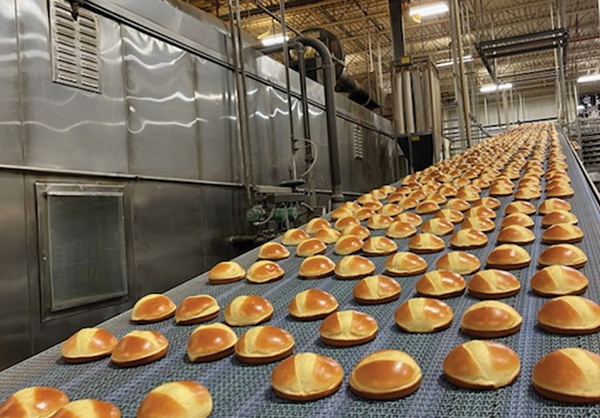
Shelby County has a strong agricultural/agribusiness community. In Shelby County, more than 89 percent of farms in the county are individual or family-owned, covering an average of 389 acres of farmland. The top crops produced in Shelby County include soybeans (more than 96,000 acres) and corn (more than 93,000 acres). Large players in the county include Bunge, Fischer Food Grade Seeds, Klosterman’s Bakery, Park 100 Foods, POET Bioprocessing and Bass Farms.
In Shelbyville, Interstate 74 is accessible via Exits 101, 109, 113 and 116, and Interstate 65 runs through the southwestern part of Shelby County. Other infrastructure accessible in Shelbyville and Shelby County includes State Roads 9, 44, 52 and 252.
Local incentives available to agri-business companies include 10-year tax abatement for capital investment for real and personal property, as well as unique local education and training programs. Other incentive options are assessed based on specific project needs. T&ID
Related Agencies
- Coles Together Economic Development Corporation
- Edinburg Economic Development
- Dublin-Laurens County Development Authority
- Laredo Economic Development Corporation
- Georgia Department of Economic Development
- San Angelo Chamber of Commerce
- Seward County Development Corporation
- Shelby County Development Corporation

